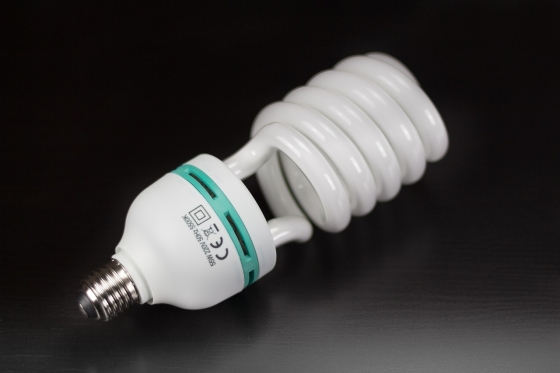Lux, Lumens and the New Generation of Lighting Terms for Energy-Saving Light Bulbs

With the influx of brand new energy-saving lighting solutions onto the market in the past few years, buyers have been inundated with a number of new terms to describe how effective the light bulbs. Two of the most important terms for consumers to get to grips with are ‘lux’ and ‘lumens’, and the experts at lighting provider BLT Direct are encouraging those looking for new light bulbs to learn the definitions and meanings of these terms before they start buying.
Steven Ellwood, Managing Director of BLT Direct, says, “Lux and lumens are two fairly new terms that are popularly used on the packaging of many energy-saving light bulbs that are being released now. Rather than looking at the wattage, which will often be lower on the packaging of these
low-energy lamps, consumers should be checking out lumens and lux to determine exactly how suitable the bulb is for use in their own home or business.”
Lux is a standardised unit of measurement which gauges light intensity, also known as illumination. One lux is equal to the illumination of a surface one metre away from a single candle. For comparison, outdoor sunlight ranges from 32,000 to 100,000 lux, bright offices require around 400 lux and moonlight measures in at just one lux. This is not to be confused with lumen, which is a unit of measurement of the amount of light produced by a lamp or bulb. Examples of general lumens measurements include street lights (a 150 watt high watt sodium bulb) which ranks at 12,000 lumens, and general office lighting (fluorescent tube), which measures around 1600 lumens.
So what is the relationship between these two fairly similar measurements? In basic terms, measuring the light intensity, or the lux, tells you how many lumens you need to illuminate any given area. If a 5000 lumens bulb were to light up an area of one square metre, the lux would measure 5000, but if the same bulb attempted to illuminate an area that was 10 metres squared, the lux would decrease to 500. Lighting a larger area requires a larger lumens measurement, which can generally be increased by adding more lighting fixtures.
Wattage is obviously an important consideration when searching for a light fitting, but it is of secondary importance when looking at lumens and lux. Many of the light bulbs in shops nowadays have a much lower wattage than people are used to, contributing to a widespread idea that energy-saving light bulbs are not as effective as the older alternatives. Measuring the lumens and lux of these bulbs prove that they are highly luminous and offer a great amount of light, often more than incandescent bulbs, but without using the massive amounts of energy of an older light bulb.
Created by Steve Ellwood on 16th October, 2013
Author
 | Steve EllwoodQualified as an Electrician, founder of BLT Direct |



